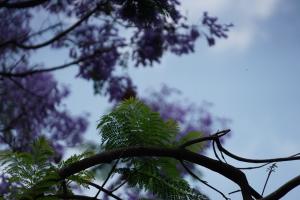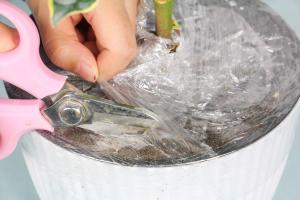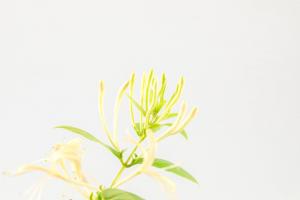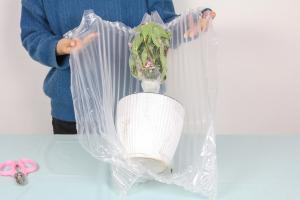1、 Autumn maintenance is very important
For Daphne odora, autumn is a special period, because this is the key period for it to form flower buds, so there are many factors to pay attention to, otherwise it will affect its flowering quality

2、 How to maintain
1. Water: when you first enter autumn, you should first control the intake of water, which can appropriately inhibit the growth of branches and leaves, reduce nutrient consumption and promote the formation of flower buds. Wait until the flower buds are formed, and then resume watering to ensure the moisture of the soil
2. Fertilizer: fertilizer is similar to water. It is also suspended after autumn to inhibit the growth of branches and leaves. When the flower buds form, you can use some phosphorus and potassium fertilizer
3. Light: Daphne odora itself likes semi shade, but in order to promote the development of flower buds, it should provide good scattered light irradiation, so that the flowers will be more beautiful
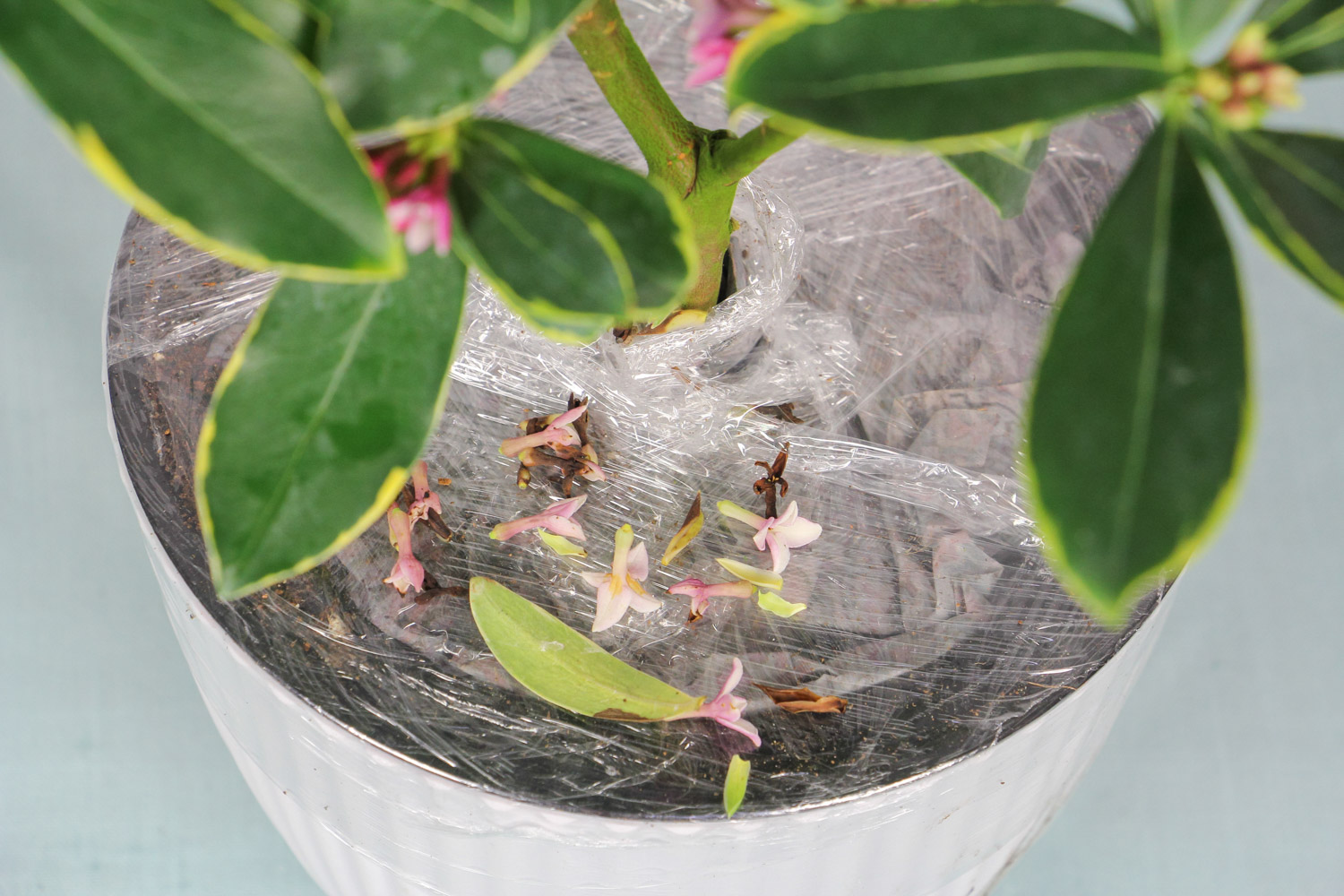
4. Temperature: keep warm, which is conducive to the growth of flower buds, especially at the end of autumn
5. Pruning: pruning can be carried out once after flowering. The main task is to cut off the residual flowers. By the way, those messy, long and crossed branches can be cut off
6. Basin changing: basin changing is the same as pruning. It can be carried out after the flowers have withered. But it doesn't need to be changed every year. Generally, it's OK to change it once every two or three years. Replace about two-thirds of the old soil with new soil, and trim the roots
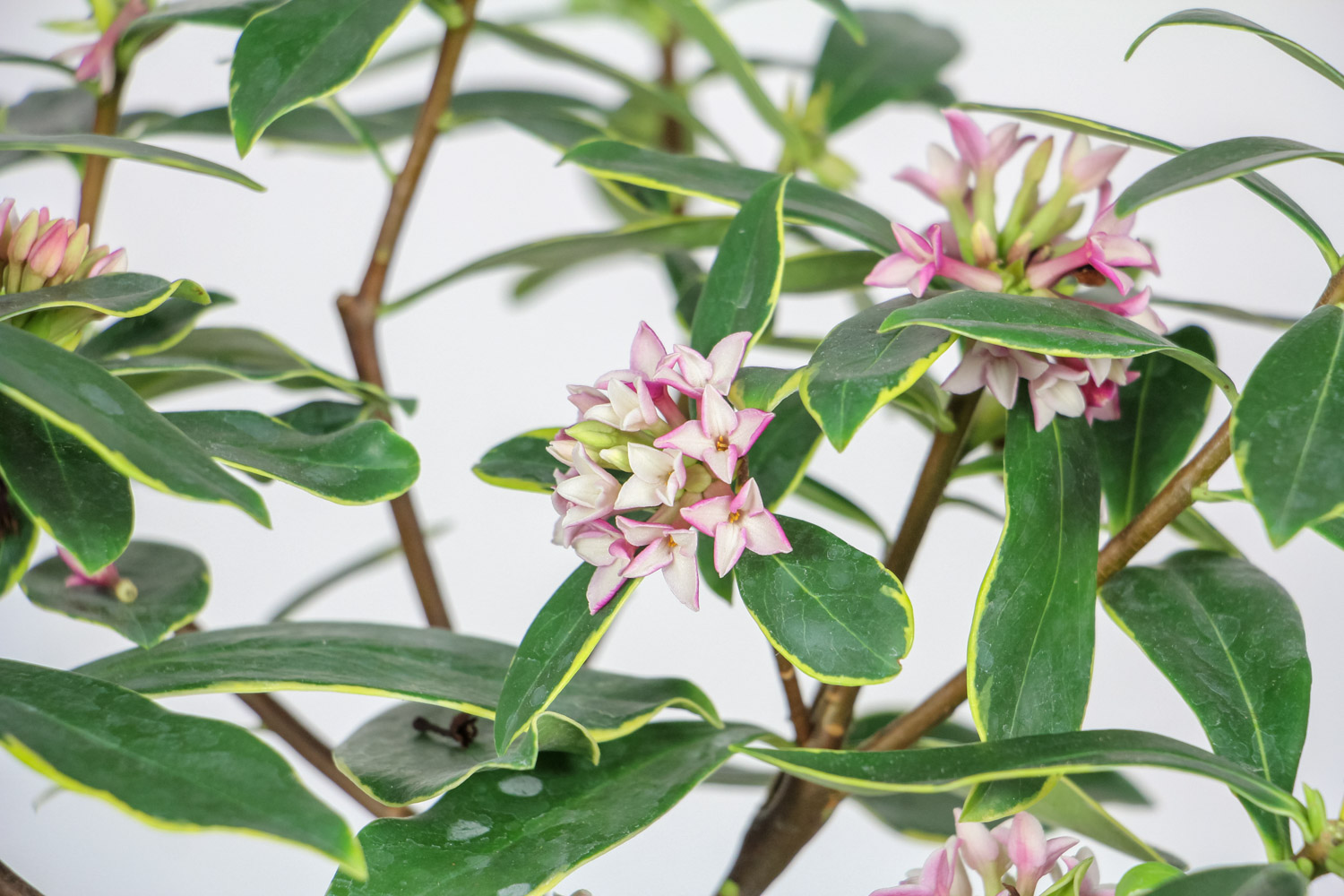

 how many times do yo...
how many times do yo... how many planted tre...
how many planted tre... how many pine trees ...
how many pine trees ... how many pecan trees...
how many pecan trees... how many plants comp...
how many plants comp... how many plants can ...
how many plants can ... how many plants and ...
how many plants and ... how many pepper plan...
how many pepper plan...
